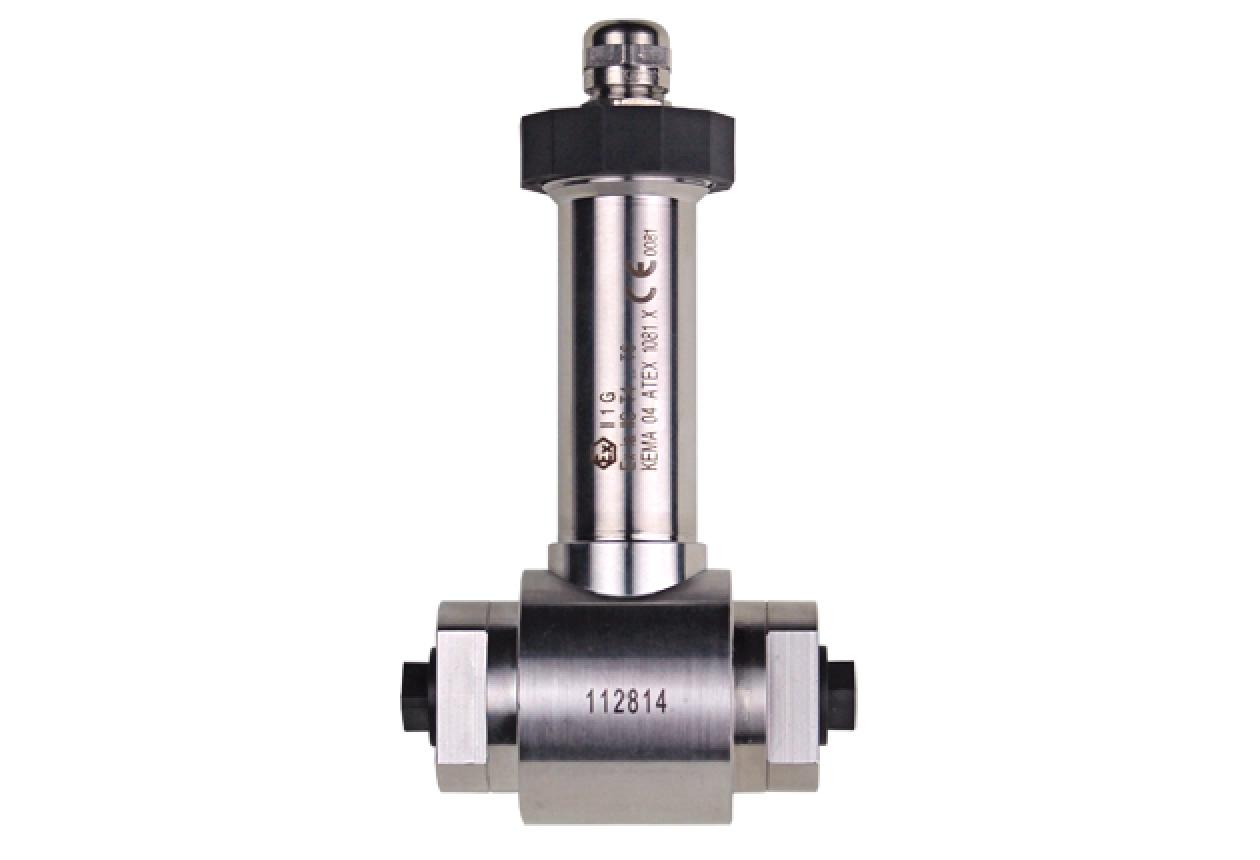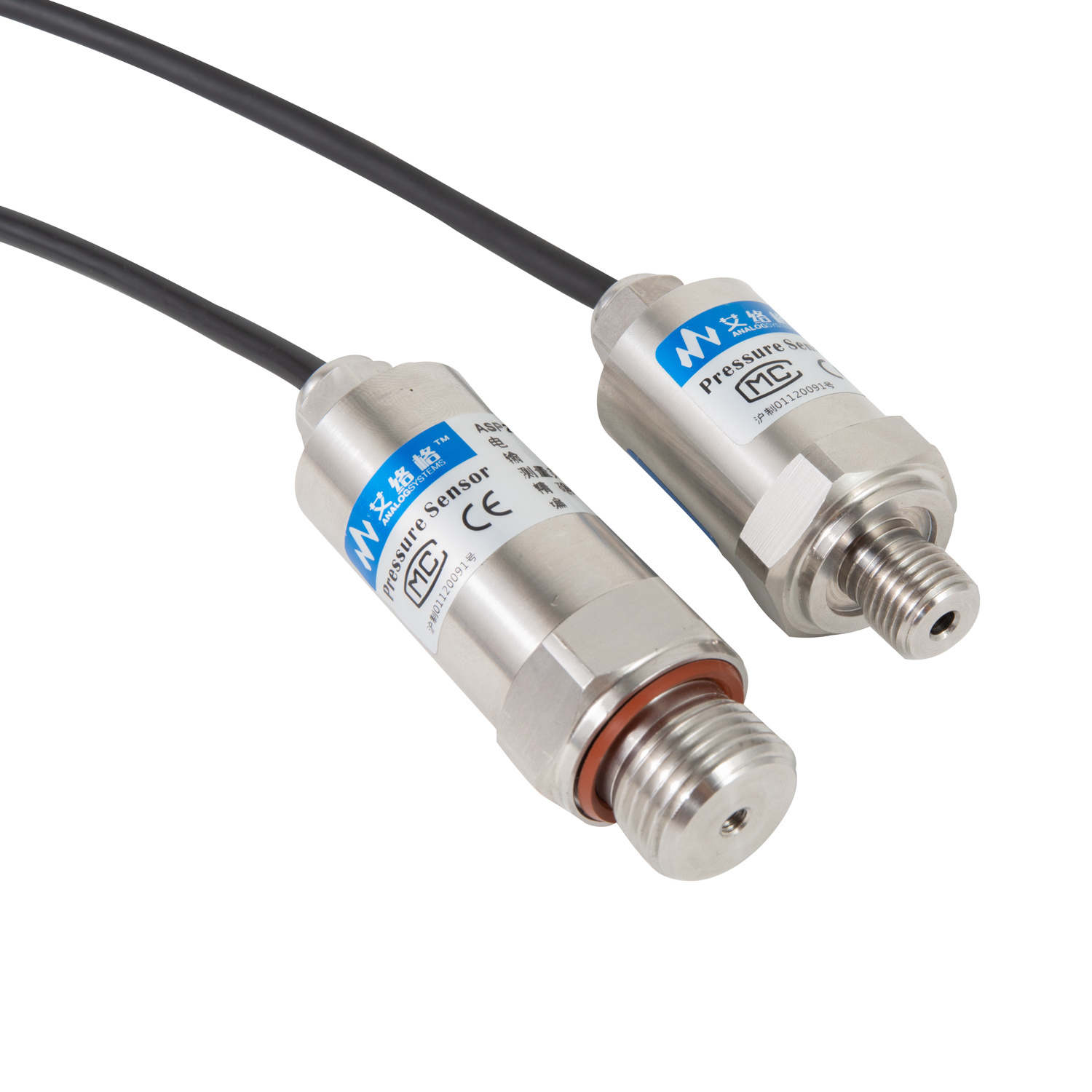Introduction To Water Tank Pressure Sensor
Water Tank Pressure Sensor: Types and Applications
Water tank pressure sensor is a nifty device that significantly augments water control and monitoring systems.
There is an overwhelming variety in the types of water pressure transmitters. People have an option to choose from different measurement types and sensing technologies, to begin with. Then they can go deeper into the more detailed specifications.
You May Also Read: How to Select Water Pump Pressure Sensor?
Water tank pressure sensor finds use in different water systems. However, to ensure the optimum performance of a water sensor, there are some factors that you must consider before buying a sensor for your system.

What is a Water Tank Pressure Sensor?
A water tank pressure sensor is a device that converts system pressure into electronic signals and transmits over to a receiving device. This receiving device can be an analogue to digital converter, which will transform the electric signals into digital form and display them in terms of pressure. Or it can be a PLC, PAC or a computer that controls the pressure when it deviates from its setpoint.
A pressure sensor consists of a diaphragm which contains a strain gauge. The system pressure acts on the diaphragm and deflects it causing the gauge to strain. This strain induces a charge or a change in the capacitance or resistance of the sensing element, which the sensor translates into output signals.
Pressure Sensor vs Transmitter vs Transducer
The terms sensor, transmitter, and transducer, are used interchangeably. And it is not entirely wrong. However, there are small details that set them apart.
A pressure transducer is a pressure sensor, which converts system pressure into voltage output signals. Since voltage signals are more susceptible to noise and distortion, therefore, transducers are best suited for laboratory and light industrial applications.
A pressure transmitter, on the other hand, converts system pressure into current (mA) signals. Current signals are resistant to electrical noise and can travel farther than voltage signals. Thus, pressure transmitters find use in heavy industrial applications where there is a lot of surrounding noise, and the transmitter has to communicate with a remote receiver.
A pressure sensor is a generic term used for all the devices that sense pressure and convert it into electrical signals. So, we can say that all transmitters and transducers are pressure sensors, but all sensors are not necessarily transmitters or transducers. We can decide that based on their output.
Types of Water Tank Pressure Sensor
A typical water tank pressure sensor is mostly differentiated on the bases of two factors. These two factors are the type of measurement that the sensors perform and the pressure sensing technologies they utilize.
Types of Pressure Sensors based on Measurement Type
There are three basic types of pressure sensors if we differentiate them based on how they measure pressure.
All pressure sensors measure pressure against a reference pressure. This reference pressure defines their type.
Gauge Pressure Sensor
Gauge pressure sensor uses the atmospheric pressure as its reference and measures the required system pressure against it.
It exposes a vent to the atmosphere. This type of pressure sensor finds use in applications where users have to measure pressure with respect to the local atmospheric pressure.
Absolute Pressure Sensor
Absolute pressure sensors measure pressure against a vacuum. These pressure sensors are highly accurate in their readings because their reference pressure, or vacuum, does not change with changing environmental conditions such as temperature or atmospheric pressure.
Differential Pressure Sensor
A differential pressure sensor measures the difference between the pressure across two points in a system. For this purpose, it has to ports for detecting pressure which measure the pressure at two different locations and help the sensor calculate their difference.
A differential pressure sensor is best suited to determine the pressure drop across a flow system. In a water tank, a differential pressure sensor can be useful for determining the accurate level of water.
One port of the sensor can measure the pressure of the vapours accumulated at the top. The other port can sense the hydrostatic pressure of water, and then the sensor can calculate the difference between the two readings and determine the correct level of water in the tank.
Types of Pressure Sensors based on Sensing Technology
Sensing technology mounted on the diaphragm is another critical factor that differentiates one pressure sensor from another. There are three types of pressure sensing technologies used in a pressure sensor. These are:
Piezoresistive Pressure Sensors
Piezoresistive pressure sensor utilizes a resistor that is mounted on the diaphragm. When the system applies pressure to the diaphragm, the resistance of the resistor changes, this change in resistance translates into corresponding output voltage which is proportional to the applied pressure.
Sensors with resistive sensing technology offer good resistance against systematic shocks and vibration, that are common in water tank systems. However, their accuracy is dependent upon ambient temperatures. Thus, extreme temperatures may alter their output.
Capacitive Pressure Sensors
Capacitive pressure sensors consist of two parallel conducting plates. One of these conducting plates acts as the diaphragm. Thus, when the diaphragm deflects due to system pressure, it causes a change in capacitance of the conductors. This change in capacitance is translated into output signals and transmitted.
Capacitive pressure sensors can measure a broad range of temperatures and may also work without power, which makes them fit for portable pressure sensors. But they are sensitive to variations in ambient temperatures and vibration.
Piezoelectric Pressure Sensors
Piezoelectric pressure sensors utilize piezoelectric materials such as quartz or piezoelectric ceramics. These materials induce electric charge when pressure acts on them.
Thus, when the system pressure induces mechanical stress on these sensors, they generate a charge. A charge amplifier amplifies this charge into an output voltage.
This type of pressure sensor is only fit for dynamic systems and cannot be used to measure static pressure.
Applications of Water Tank Pressure Sensors
A water tank pressure sensor has wide-spread applications in flow-control and pressure monitoring systems. We have discussed some of its most common applications below
- The most important application of a water tank pressure sensor is in over-flow or flood-control systems. A pressure sensor measures the hydrostatic pressure of water in the tank and from it determines the level of water inside the tanks.
Thus, when the hydrostatic pressure rises beyond a certain setpoint, the sensor signals the controller which identifies the possibility of overflow or flood and takes necessary action.
- A water tank pressure sensor also operates at the inlet and outlet of a pump. It measures the pressure of the water entering and leaving the pump and alerts the controller when the inlet pressure decreases, or outlet pressure increases to dangerous levels.
- A differential water tank pressure sensor can also determine blockages across water filters or valves. It does so by measuring the pressure drop across the filter or pipe. When the difference in pressure across two points increases, it indicates a blockage in the valve or filter.
- By working in association with VFD or VSD pumps, water tank pressure sensor ensures proper distribution across all recipients in a pumping system. When the pressure drops, the sensor senses it and notifies the pump, which increases its operating speed to compensate for the pressure drop.
You May Also Read: How to Trouble Shoot an Air Conditioner Pressure Transmitter?
The Takeaway
Water tank pressure sensors are smart devices that we can classify based on their measurement types and pressure sensing technologies.
Based on measurement types, there are three types of sensor, namely gauge, absolute, and differential pressure sensor. While, there are four varieties of sensing technologies, namely resistive, capacitive, piezoelectric, and MEMs.
To make sure that the users get the most out of their pressure sensors, they must get a sensor with the right measurement type and sensing technology with regards to their system.

For More Information Contact Us Today!
















